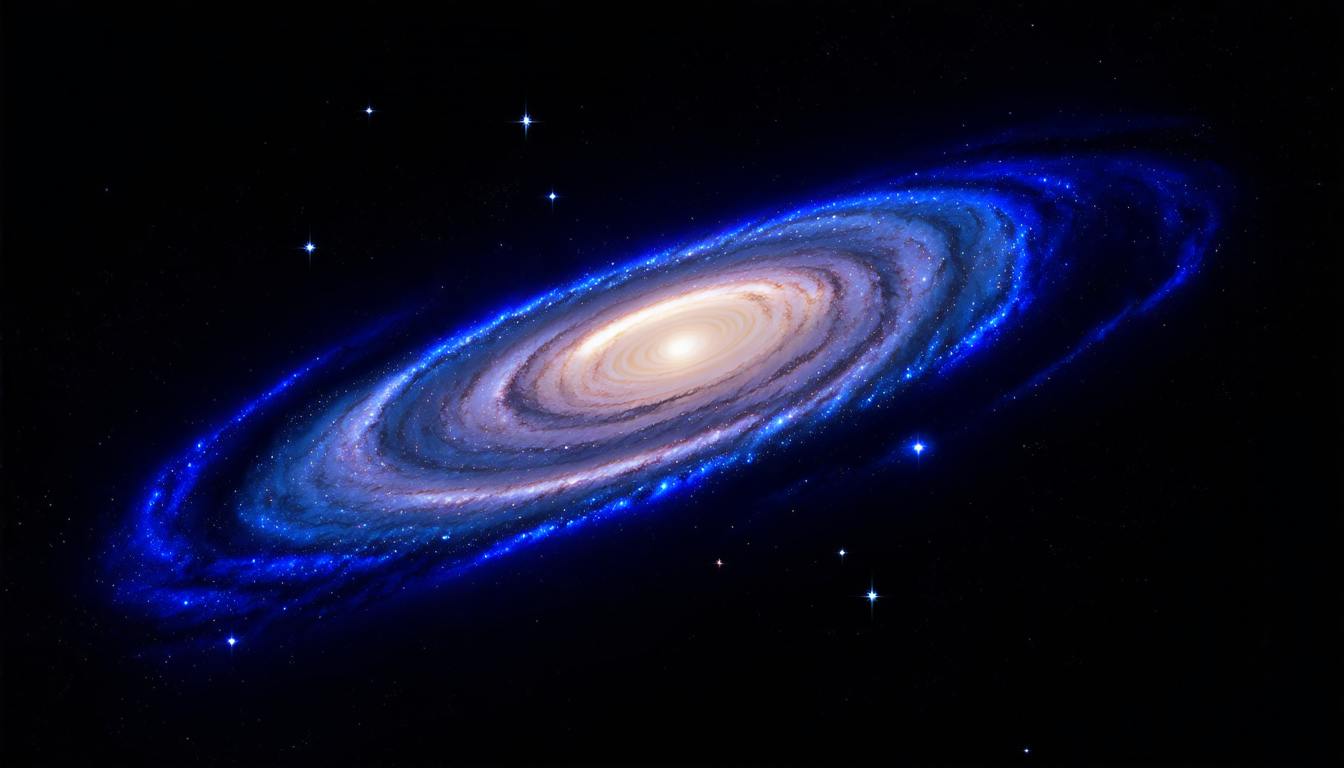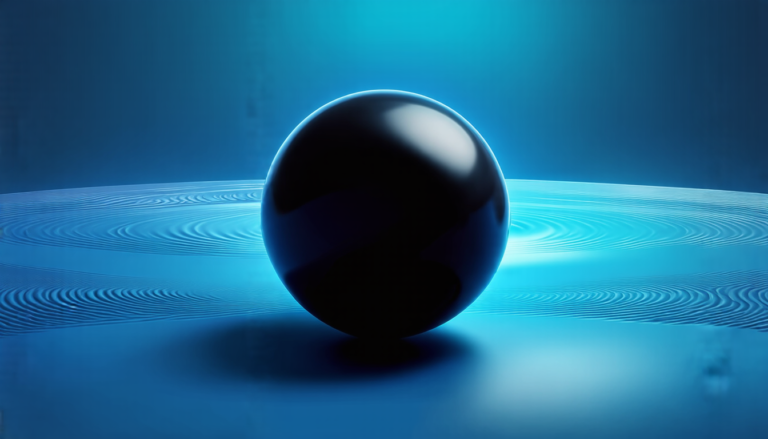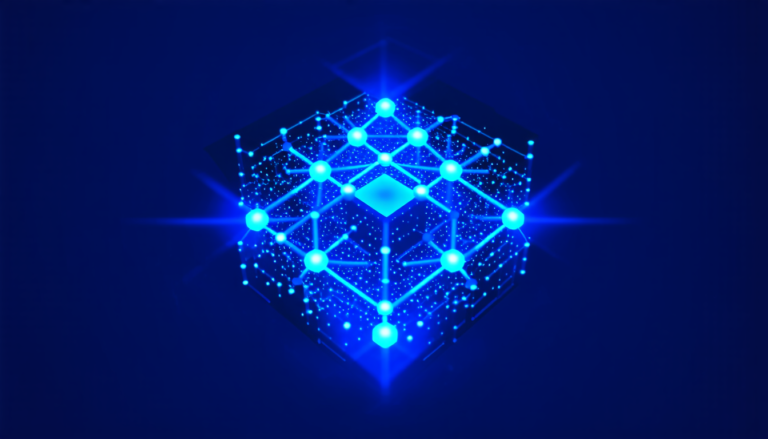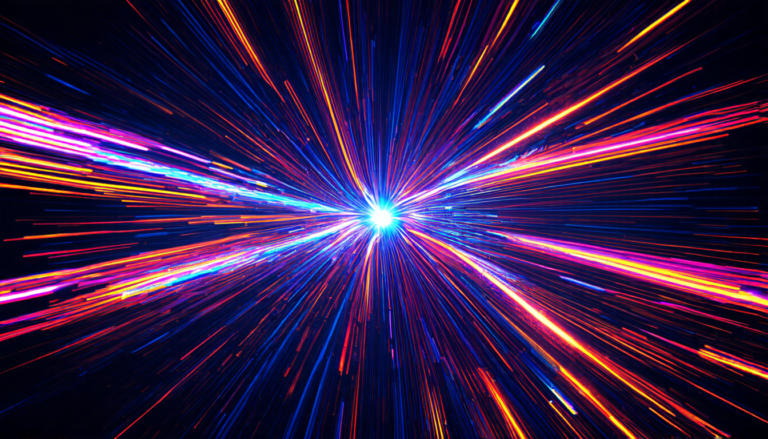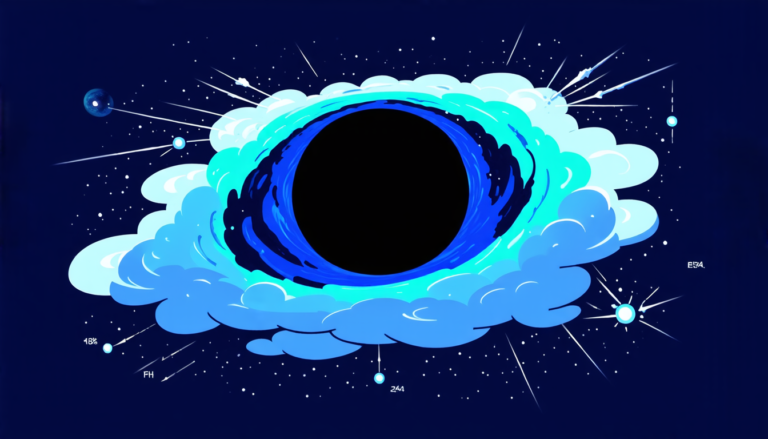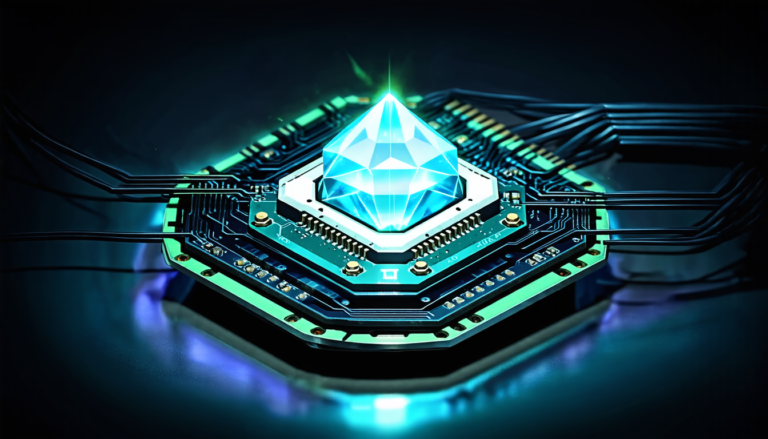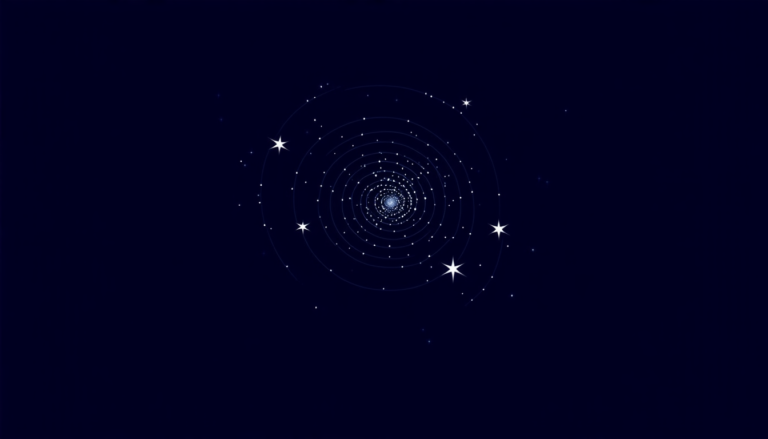Thursday 24 July 2025
Scientists have long been fascinated by the mysteries of the low surface brightness (LSB) regime, a realm where celestial objects fade into the darkness of space. Recently, a team of researchers has made significant progress in mapping this enigmatic territory, using data from the All-Sky Automated Survey for Supernovae (ASAS- SN).
The ASAS-SN Low Surface Brightness Survey has created a comprehensive atlas of the entire sky, stacked images that reveal large-scale structures within our own Milky Way galaxy. By combining over seven years’ worth of g-band CCD data, the team has achieved unprecedented levels of depth and sensitivity.
The survey’s median exposure time per field is an impressive 58 hours, with some regions receiving as much as 86 hours of cumulative observation. This extensive coverage allows researchers to study faint objects that would otherwise be undetectable.
One of the most striking discoveries is the revelation of massive, multi-degree-spanning supernova remnants and star-forming nebulae within the Milky Way. These diffuse structures are often invisible to traditional surveys due to their low surface brightness. By exploiting the ASAS-SN data, scientists can now explore these regions in unprecedented detail.
The team has also successfully recovered a significant number of known ultra-diffuse galaxies from their catalog, with an impressive 82% success rate. These enigmatic objects are thought to be the remnants of ancient galaxies that have been stripped of their stars and gas over billions of years.
Beyond its scientific significance, this survey has far-reaching implications for our understanding of the universe. By mapping the LSB regime, researchers can better comprehend the formation and evolution of galaxies, as well as the role played by dark matter in shaping cosmic structures.
The ASAS-SN Low Surface Brightness Survey is a testament to human ingenuity and scientific curiosity. As we continue to push the boundaries of our understanding, we are reminded of the awe-inspiring complexity and beauty of the universe that surrounds us.
The team’s findings have significant implications for future research in this field. With the ASAS-SN data now available to the public, scientists can begin exploring new avenues of inquiry, from hunting for hidden galaxies to studying the intricate dance between stars and gas within the Milky Way.
As we delve deeper into the mysteries of the LSB regime, we are reminded that there is still so much to discover, even in our own cosmic backyard.
Cite this article: “Mapping the Universe’s Darkest Corners”, The Science Archive, 2025.
Low Surface Brightness, Asas-Sn, Supernovae, Star-Forming Nebulae, Milky Way, Galaxies, Dark Matter, Cosmic Structures, Ultra-Diffuse Galaxies, Ccd Data

